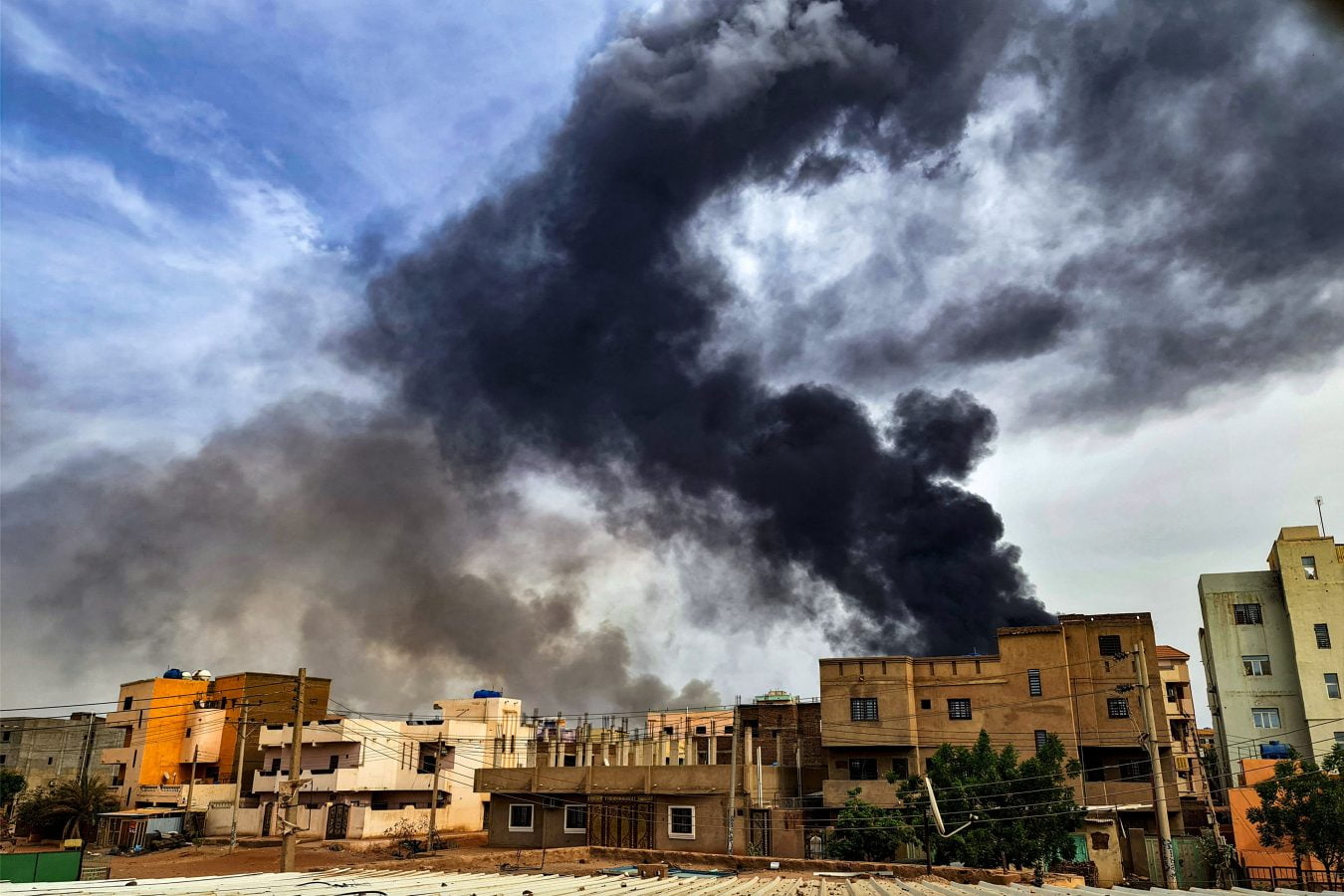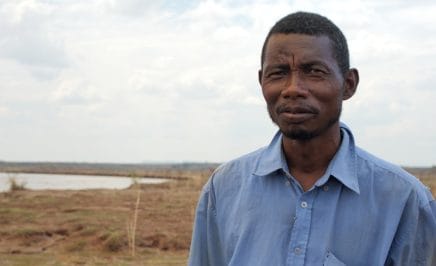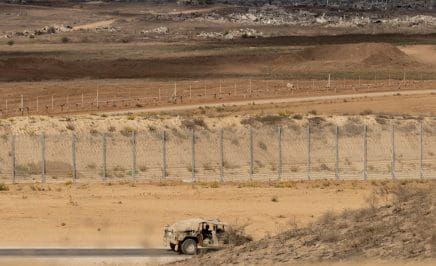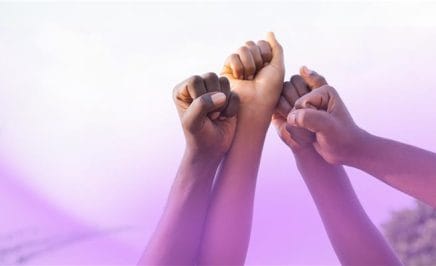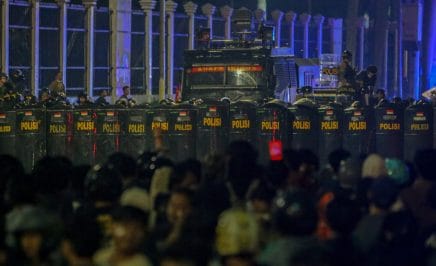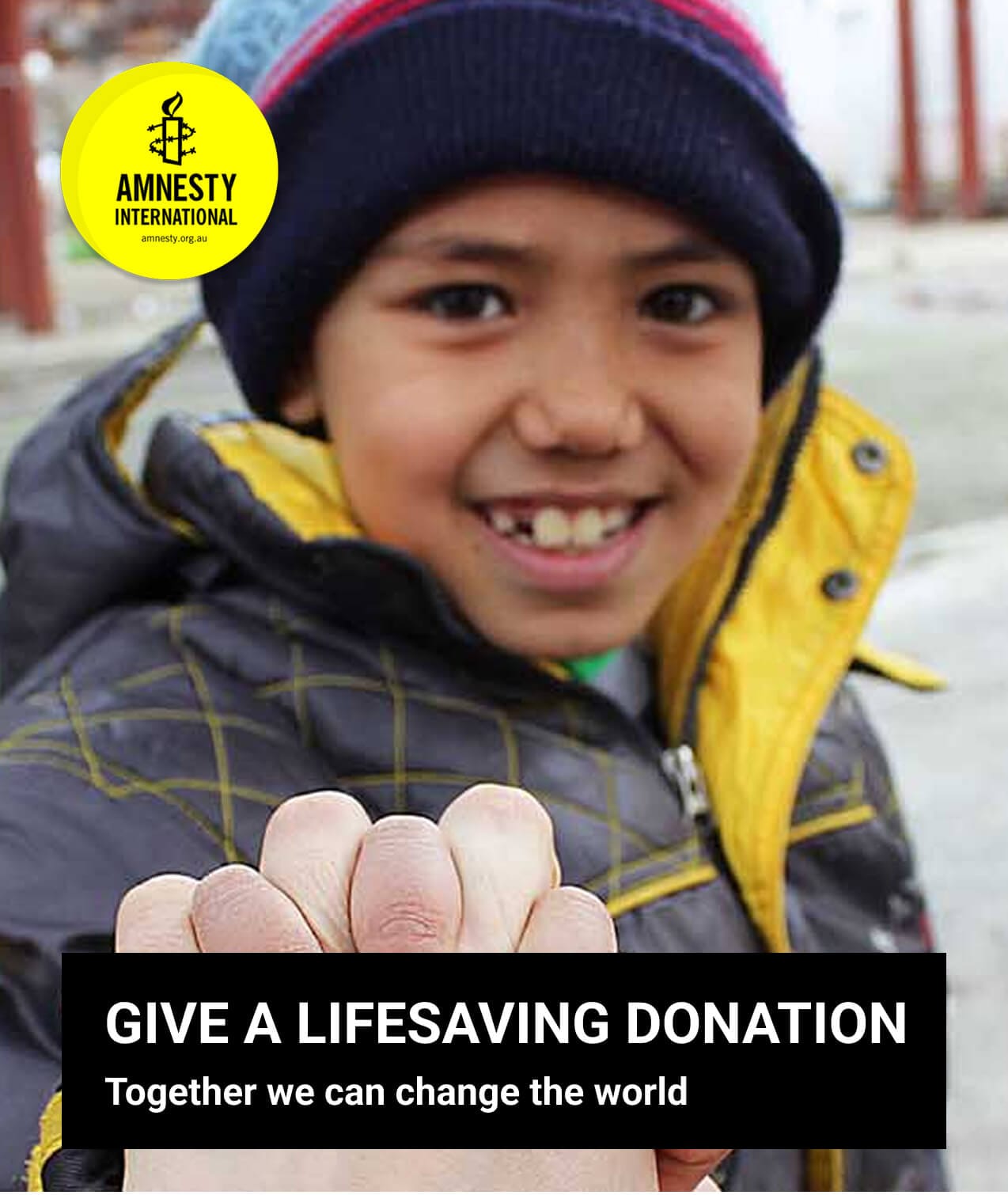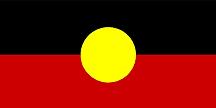Violence, death and suffering in Sudan
For the people of Sudan, nowhere is safe.
The internal conflict has killed over 14,000 people and displaced over 10 million people. People in Sudan are facing rampant violations of human rights and humanitarian law resulting in mass civilian casualties, gender-based violence, and an internet shutdown that makes it impossible to deliver humanitarian aid to millions of civilians trying to survive without food or water.
The conflict incited a new wave of ethnically motivated attacks against ethnic Masalit communities in Darfur.
The dire situation that many Sudanese people are being forced to survive is not inevitable. There are things the international community can do to ensure that civilians are protected and do not continue to bear the brunt of this conflict.
But we need your help to make it happen.
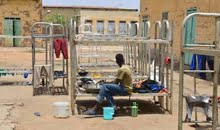
What is the conflict in Sudan about?
The conflict between the Sudanese Armed Force (SAF) and the Rapid Support Forces (RSF) started in Khartoum in the early hours of April 15, 2023. Khartoum is the capital of Sudan and has been a major battleground since the start of the conflict. However, it did not take long for the battle to quickly spread across the country, into areas like Darfur, North Kordofan and Gezira state.
The fighting in Khartoum followed months of tensions between the RSF and the SAF. The RSF is an independent paramilitary force, and up until the current conflict, fought on behalf of the Sudanese government. In fact, the RSF was founded by former Sudanese President Bashir over 20 years ago to squash rebellions in Darfur, where they carried out a campaign of ethnic violence against Masalit communities.
After Bashir was deposed as President in 2019, Sudan began a journey of reforms as it transitioned to a new government. This included reforms that impact SAF and RSF operations, sparking tension between the two factions that finally reached a boiling point in April 2023.
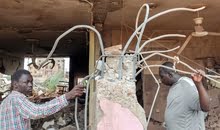
Ethnically motivated violence and war crimes
The fighting in Sudan also opened old wounds left by the country’s history of war crimes, crimes against humanity and ethnic violence.
Our researchers verified multiple instances of ethnically motivated attacks against ethnic Masalit people in West Darfur in towns like Ardamata, El Geneina, Misterei and Tandelti. Evidence from survivors suggests that the RSF and allied militias are the forces behind these attacks.
Targeted violence against ethnic Masalit in Darfur has a history that predates the current conflict. This includes the Darfur ethnic cleansing in 2003, in which Sudanese government-backed forces systematically killed Darfuri people.
Displacement
The indiscriminate and widespread nature of attacks from both parties of the conflict is leaving Sudanese people with two choices; flee their homes or get caught in the crossfire.
Over 9 million people are internally displaced in Sudan, making it the largest displacement crisis in the world. The scale of this crisis and supply shortages across the country has created a situation where these displaced people are not only surviving without shelter, but are also lacking food, water and medicine.
Another 1.8 million people fled Sudan into neighbouring countries such as the Central African Republic, Chad, Egypt, Ethiopia and South Sudan. However, many asylum seekers are being denied entry, forcing them to return to the life-threatening dangers that they were trying to escape.
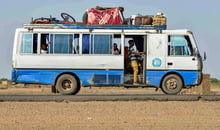
A bus carrying passengers and luggage moves along a road from Khartoum to Wad Madani at the locality of Kamlin, about 80 kilometres southeast of Khartoum, on June 22, 2023.(Photo by AFP) (Photo by -/AFP via Getty Images)
Famine
Sudan is on its way to becoming the world’s largest hunger crisis.
Over 25 million people are trapped in a spiral of deteriorating food security, largely because of the fighting between the SAF and RSF. The conflict brought farming and agricultural production to a standstill, caused disruption to trade that is shocking the economy and is blocking humanitarian aid access.
Children are among the most vulnerable to the famine. More than 2.9 million children in Sudan are acutely malnourished and an additional 729,000 children under five are suffering from severe acute malnutrition.
Despite the catastrophic threats of famine, both the SAF and RSF are actively restricting aid delivery across Sudan. International organisations like the World Food Programme say that they cannot access 90% of the people facing emergency levels of hunger.

Gender-based violence
There is an increased risk of sexual violence against women and girls during times of armed conflict, and this is certainly the case in Sudan. Reports of rape, sexual slavery and other forms of sexual violence emerged only days after the conflict began. These acts are war crimes and serious violations of international humanitarian law.
When our researchers went to refugee camps in neighbouring Chad, they spoke to women who were raped by RSF forces in El Geneina who spoke about their experiences.
“Now I’m terrified that I could be pregnant… I fear that I cannot cope with that”.
25-year-old woman from El Geneina who was raped by armed men as she tried to flee.
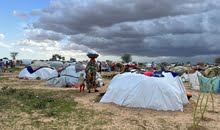
What is Amnesty doing to promote human rights during the conflict in Sudan?
As the situation in Sudan evolves, our researchers and campaigners remain committed to documenting human rights abuses and violations and uncovering the truth. We share our findings with the world and uncover the truth.
We engage in advocacy in key human rights spaces including the African Union and the United Nations Human Rights Council. These efforts, alongside other organisations, led to the establishment of the Independent International Fact-Finding Mission on Sudan in October 2023.
We also support human rights defenders, including through stop-gap emergency financial support, as they continue their tireless work supporting communities inside and outside Sudan.
But to make real change happen, we need help from people like you. We launched a campaign calling on the United Nations Security Council to issue an arms embargo, which will curb the flow of weapons into Sudan.
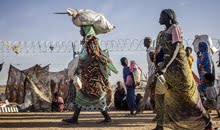
(Photo by LUIS TATO / AFP) (Photo by LUIS TATO/AFP via Getty Images)
